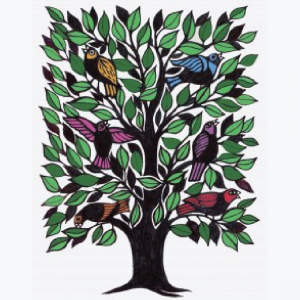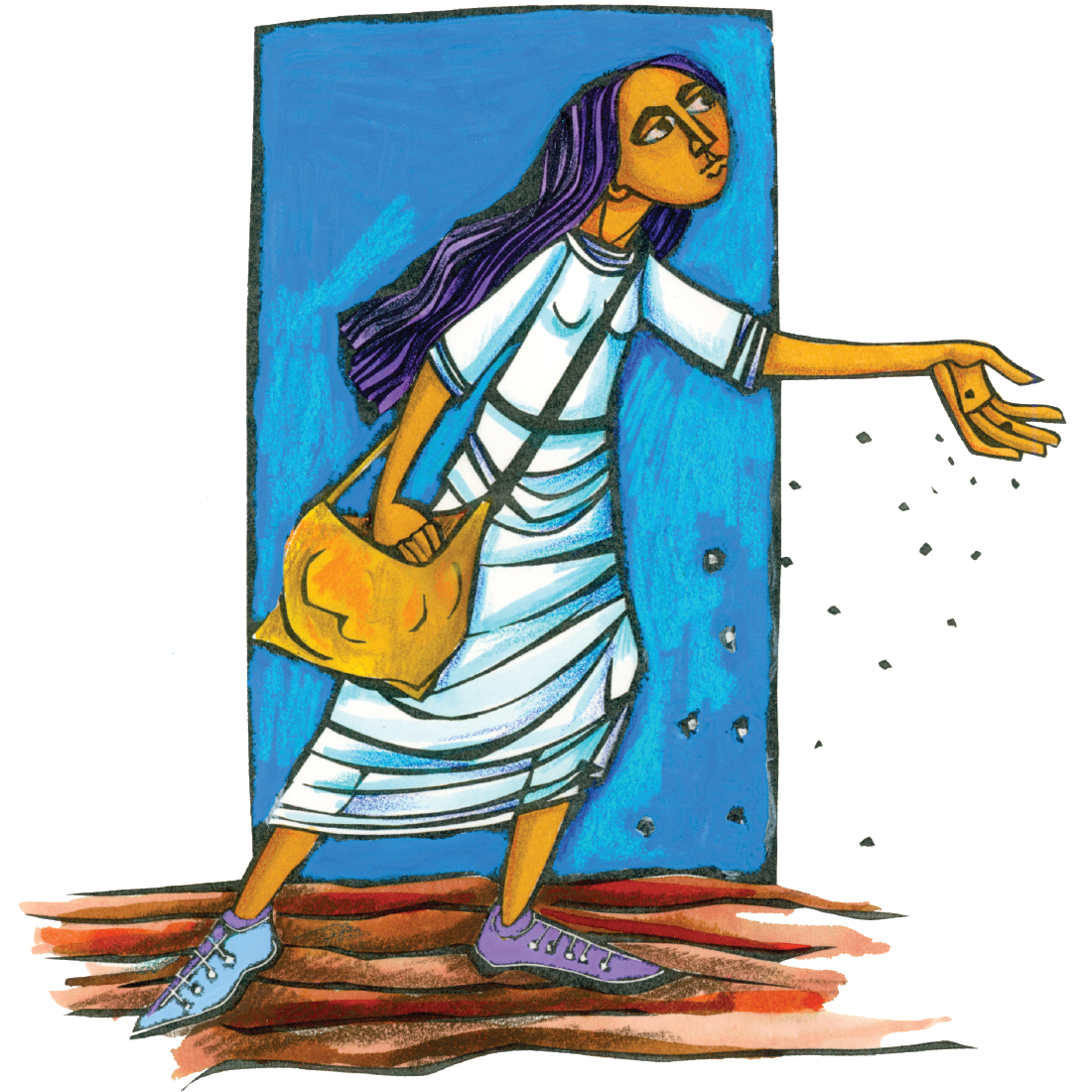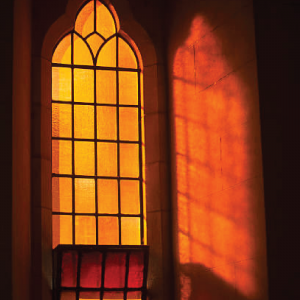The cause for the canonization of Dorothy Day has arrived safely in Rome—all 137 archival boxes of evidence of her holiness, over 50,000 pages!—freeing the Guild now to turn its creative energies to outreach and educational initiatives. A sad farewell to Jeff Korgen, who shouldered the task of gathering the seemingly endless evidence of Day's holiness, was matched in degree only by the joy of greeting Casey Mullaney as the Guild's new coordinator. Casey is a member of the St. Peter Claver Catholic Worker in South Bend, Indiana. Recently awarded a doctorate in theology from Notre Dame where she also teaches, Casey did her dissertation on hospitality at the Catholic Worker. This is her first Dispatches column, where she shares the most recent, exciting developments.
PHONE
555-555-5555
ADDRESS
Dorothy Day Guild
1011 First Avenue, Room 787
New York, NY 10022
DISPATCHES, On the Move!

Welcome back to our Dispatches column! After three months as the Guild’s new coordinator, it’s so good to have a space to take stock of the work we’ve accomplished together in the last quarter and to provide a map of the next steps on Dorothy Day’s continued journey to “official” sainthood.
In my role, the last few months have involved a lot of listening as Guild members and supporters have offered their own experience, wide and varied, in forwarding the cause, some going back to its start in 2000, and others, more recently. In this 125th anniversary year of Dorothy’s birth, their personal stories—and your own—bring home as nothing else could her living legacy. We are all, she reminds us, on pilgrimage.
Move to Manhattan College
We have a number of updates and ongoing projects to share with you, but first, the news of a quite literal pilgrimage. We’ve moved! After many years at New York’s Catholic Charities in the Manhattan-based office of the Archdiocese of New York, the Guild is now headquartered at Manhattan College, in Riverdale, New York, home of the newly opened Dorothy Day Center for the Study and Promotion of Social Catholicism. Thanks to the organizational talents of Vanessa Pereira and Jodee Fink, we were able to accomplish the move in one minivan trip from Manhattan to the Bronx. Our new office is in a bright and cheerful suite of rooms that we share with campus ministry, and Rebecca Kranich, our undergraduate intern, has already gotten busy curating the icons, books, and other artwork that will hang in the inviting space. During her life, Dorothy was frequently asked to speak on college campuses, and we’re all excited to be surrounded by the buzz of student activity when the fall semester begins in August.
Retreat Day
Our Guild advisory board met on Friday, June 16th, the feast of the Sacred Heart, at Manhattan College for a retreat day focused on the Beatitudes. The morning began with prayer and reflection in the Chapel of the Holy Infancy—where Dorothy herself prayed upon the founding over fifty years ago of Pax Christi USA alongside dedicated pacifists and friends, Eileen Egan and Manhattan College theology professor, Joe Fahey—and concluded with a Mass celebrated by Fr. Ray Roden in the same chapel. This tiny, intimate worship space, flooded with natural light from the stained-glass windows, made it possible to include both in-person and virtual participants in our reflections on the Beatitudes. Which blessings do we find most consoling? Which ones challenge and discomfort us? For me, in my work with the Guild and in my life at the Catholic Worker in South Bend, it’s this one: “Blessed are those who hunger and thirst for righteousness, for they will be filled.”
Here, Jesus promises that no effort, no love, no commitment given in support of justice and the building up of God’s kingdom will be wasted. We might not see the fruits of our labor immediately, or even in our own lifetimes, but God sees and holds our efforts, and promises that our hunger and thirst will be satisfied. Though our collective prayer remains that Dorothy be recognized as a saint “in our time,” it’s an apt Beatitude for the Guild.
Too, I see faith in that promise in the narrative of Dorothy’s life. During our retreat, some of her personal items—the sunhat, skirt, and woven purse she wore to the United Farm Workers’ solidarity rally, where she would be arrested for the final time—remained below a statue of St. Joseph by way of bringing her presence into the room with us. Dorothy’s unshakable faith in God’s providence sustained the burgeoning Catholic Worker movement through its first decades until her death in 1980. The Catholic Worker turned ninety this year. A miracle of continuance to be sure, and I believe a sign of God’s continuing fidelity to this promise of fulfillment. So many of our friends and supporters have given their lives over to the tasks of establishing justice, caring for the poor, and working for an end to war and other forms of state-sponsored violence. We can be both consoled and challenged by the Beatitudes and also trust that Dorothy continues to pray and intercede for our efforts.
Guild Governance
Our retreat also included time for a business meeting where Alex Avitabile and George Horton detailed some upcoming changes to the Guild’s governance structure. Although we will maintain a close relationship with the Archdiocese, our move to Manhattan College and the completion of the local diocesan phase of the canonization process suggested that it was time for the Guild to establish its own independent status as a 501c3 with its own bylaws. Alex has done yeoman’s work in drafting the documents which will accomplish this new legal status, and we look forward to transitioning our advisory committee to a true board of directors.
Canonization Updates
We also had the chance to meet virtually with our postulator, Waldery Hilgeman, who joined us virtually from Rome. Waldery very kindly took time out of his evening to discuss some positive changes in the cause’s status. Upon its review of the mounds of evidence sent to them, the Vatican has issued a decree stating that the cause for Dorothy Day is now formally recognized as a “valid process.” All is deemed to be in order with nothing more required. Thanks again to the more than 100 volunteers who participated in the official transcriptions of Dorothy’s writing—we would never have gotten to this point without your tireless efforts!
Now that this decree has been issued, we are waiting for the appointment shortly of the relator, the monsignor who will be in charge of overseeing Dorothy’s positio —a kind of spiritual biography that examines the distinctive and critically needed gifts she brings to the Church at this unique juncture in history as well as her “heroic” practice of the key virtues constituting holiness. The Dicastery for the Causes of Saints is charged with selecting an appropriate relator for each cause—in Dorothy’s case, someone who is an English-speaker and is familiar with American history and culture and ideally other American sainthood causes.
The Work Ahead
In the next stage of the cause—the movement of her status from “Servant of God” to “Venerable” (the latter helped by the potentiality of a miracle; much more on this in future newsletters)—my desire for the Guild is that we serve as a hub of resources for people who are interested in Dorothy’s legacy, whether for educational purposes or their own spiritual enrichment. Clearly, there is something about the way that Dorothy lived the Gospel that attracts and draws people. As a person who exemplified the hunger and thirst for righteousness, Dorothy’s witness provides us with possibilities for our own lives and suggests to us how we might deepen and ground our commitments to nonviolence, community, and solidarity with the poor. Please stay tuned, and stay in touch! Much with your faithful support has been accomplished—and how exciting is the more together we have to go!
Archived Comments

Paul Frazier says:
July 1, 2023 at 1:15 am
I have read so many posts on the topic of the blogger lovers except this article is really a good piece of writing, kerep Congrats! to the continuing efforts of the Guild. Glad to see my alma mater, Manhattan College, playing a role in these efforts. Manhattan hosted a Pacem in Terris convocation in 1967 to promote Peace Studies programs. U Thant, secretary general of the UN, attended the ceremonies.
paul frazier
arkport catholic worker

Roy Lanahm says:
July 23, 2023 at 8:52 pm
So good to read and see all the good work the guild has accomplished. I have met so many amazing Catholic Workers over the years. I am so grateful for their witness to the Gospel and their joy for living in community. May the guild with the help of the Holy Spirit continue to move Dorothy’s cause for canonization forward. Peace.
Roy Lanham
At times a community member of the St. Hedwig Catholic Worker



A Woman of Conscience, a Saint for Our Time
The Dorothy Day Guild supports and advances the cause for canonization of Dorothy Day, initiated by the Archdiocese of New York as a saint by the Roman Catholic Church, and promotes, for the benefit of all people interested in social justice, awareness of Dorothy Day, her writings, the Catholic Worker Movement she co-founded, and her life and witness to the Gospel.
QUICK LINKS
© 2023 All Rights Reserved | Dorothy Day Guild | This site is powered by Neon One

